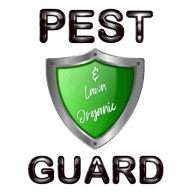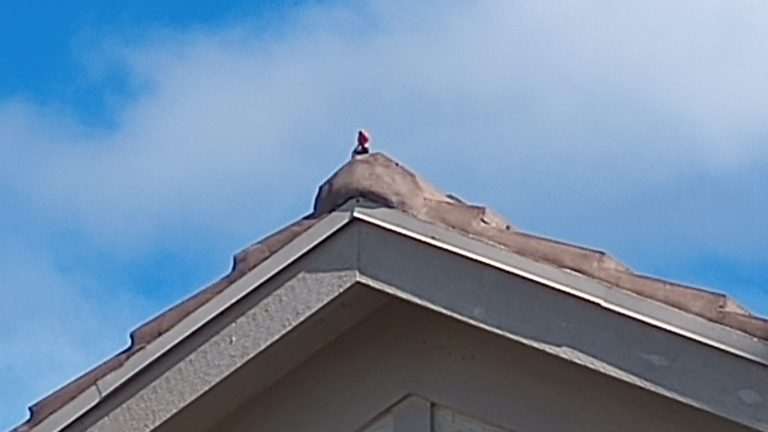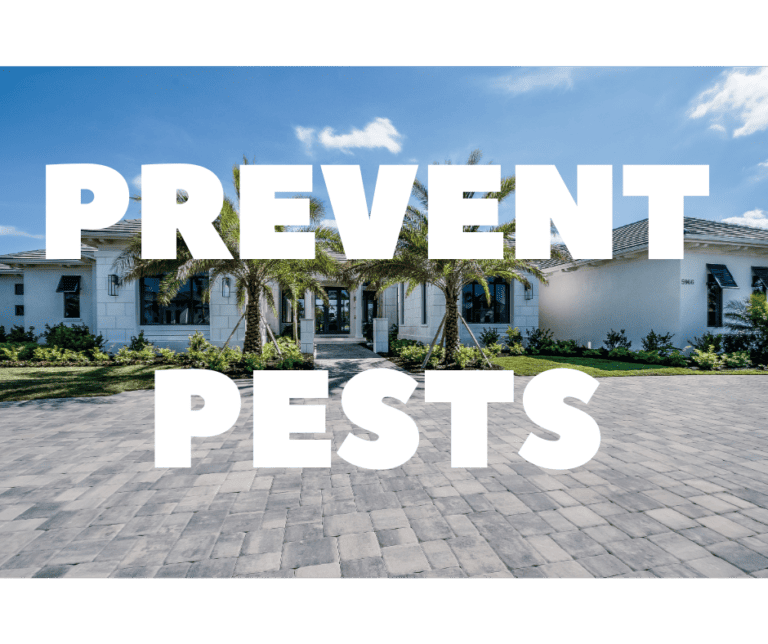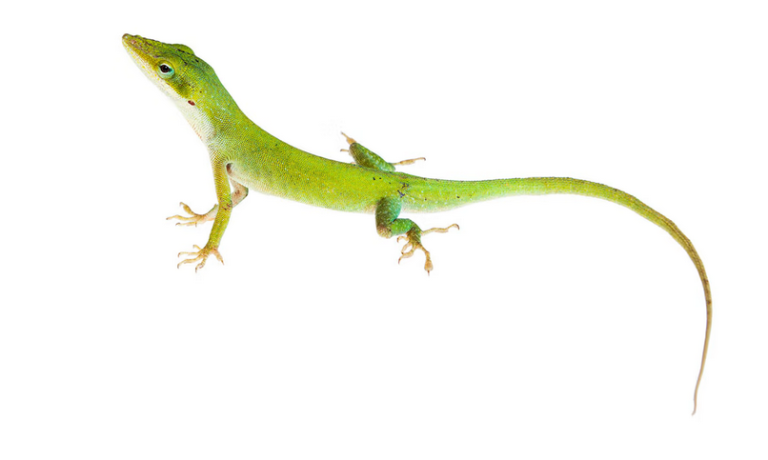Crocodiles, Alligators, and Pest Control Excitement in Brevard & Indian River Counties
Table of Contents
Living in Brevard and Indian River Counties means sharing our environment with Florida’s most well-known predators: alligators and, more recently, American crocodiles.
For longtime residents, alligators are just part of life. But for newcomers to Florida, the sheer number of alligators—and how big they can get—can be shocking. Twelve-foot alligators are not rare here, and it’s not uncommon for them to show up in places you wouldn’t expect, from backyard swimming pools to retention ponds in suburban neighborhoods.
In fact, the largest alligator ever captured in Florida was caught right here in Melbourne’s Lake Washington in 2010. It measured 14 feet, 3.5 inches long, roughly the length of a small car. With gators that big roaming local waters, it’s no wonder people new to the area are caught off guard.
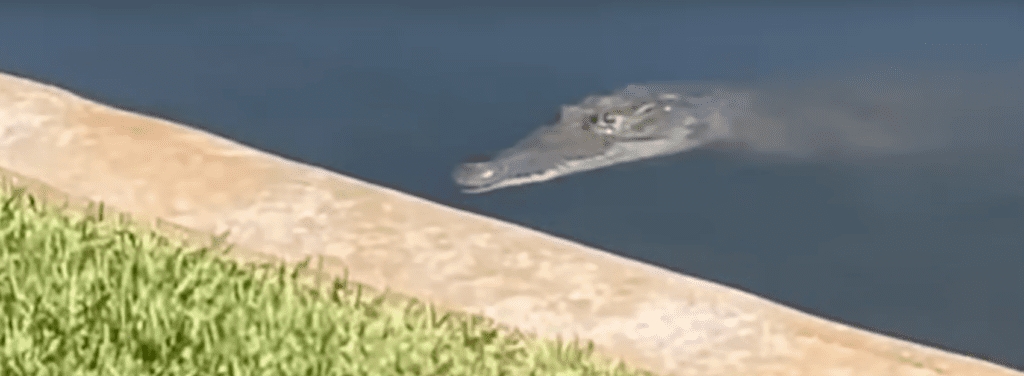
A Changing Landscape: From All Clear to Croc and Gator Infested in 30 Years
Growing up in Brevard in the 80s, I was an outdoorsy kid—mainly because we didn’t have the internet yet. We spent our time exploring, fishing, and swimming without a second thought about alligators. In all my time outside, I only saw four or five gators in the wild. A far cry from today where you could easily see 5 in an hour without getting out of your car or trying hard.
You could take your dog swimming, paddle anywhere, and not have to worry about a giant alligator lurking nearby. While growing up here I’ve known a couple of people who were victims of amoeba infections, and two of my friends were bitten by sharks while surfing. But alligator problems? That was never something we had to think about.
Back then, the biggest gators were gone because hunters went after those first. Today, with alligator populations booming and legal protections in place, there are more gators—and bigger ones—than ever before.
Just yesterday, I almost got into a head-on collision on Micco Road because someone swerved to avoid a four-foot alligator crossing the road. Encounters like this are becoming more common, especially after hurricanes displace alligators. I even once spotted an alligator lounging on a beach dune near a Cape Canaveral rocket launch.
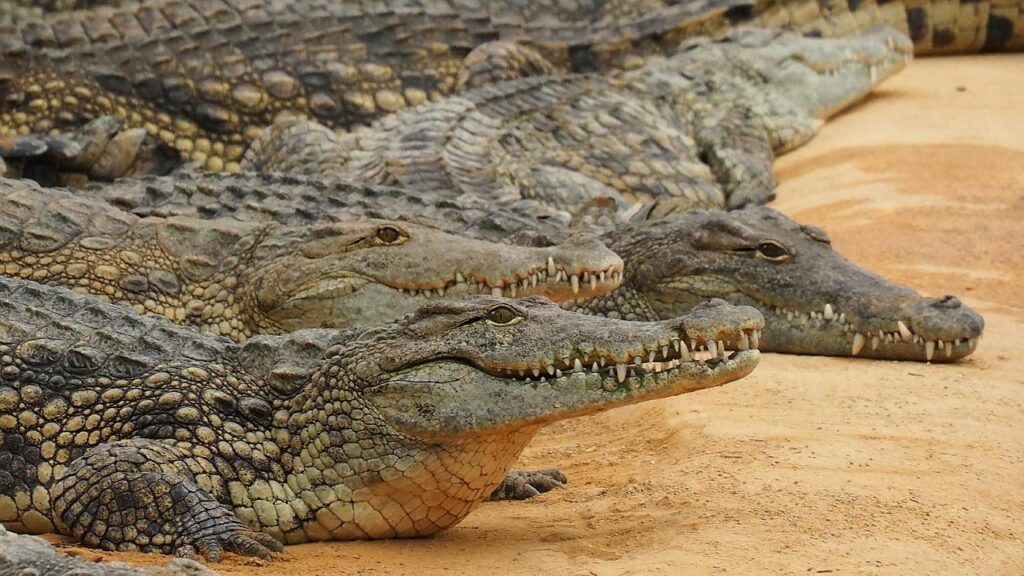
The Satellite Beach Crocodile and the Return of Crocs to Florida
American crocodiles were once found only in South Florida, but that’s changing. The most famous crocodile in Brevard County was relocated to Key Largo after being deemed a nuisance in Satellite Beach—only to make its way back to Melbourne Beach less than a year later. This isn’t just a one-time event; crocodiles have an incredible homing instinct.
Unlike alligators, crocodiles cannot be legally killed in Florida. They are only relocated if they become a nuisance, and even then, they often return to their original territory.
One major reason crocodiles are expanding their range is Florida’s mild winters. We have not had a hard freeze since 2010, and cold weather is the only limiting factor for these reptiles. Alligators and crocodiles are both cold-blooded, but they react to the cold in very different ways.
We’ve seen how alligators up north survive icy conditions by sticking their noses out of the water just before ice forms and going dormant. Alligators instinctively know when it’s time to stop basking for warmth on the bank and switch into survival mode. Crocodiles, on the other hand, do not stop basking—they continue trying to warm themselves even as temperatures drop. Without the natural instinct to survive the cold, they end up freezing to death.
If Florida continues to experience milder winters, crocodiles will keep expanding northward. With the warm waters of the Banana River and the Indian River Lagoon, it wouldn’t be surprising if crocodiles start breeding locally. There are countless potential breeding locations throughout Brevard and Indian River Counties and these Crocodiles seem determined to make our area home.
If you live on a canal in Cocoa Beach, Satellite Beach, Indian Harbour Beach, Indialantic, Melbourne Beach, or Vero Beach, it might be time to consider extra precautions.
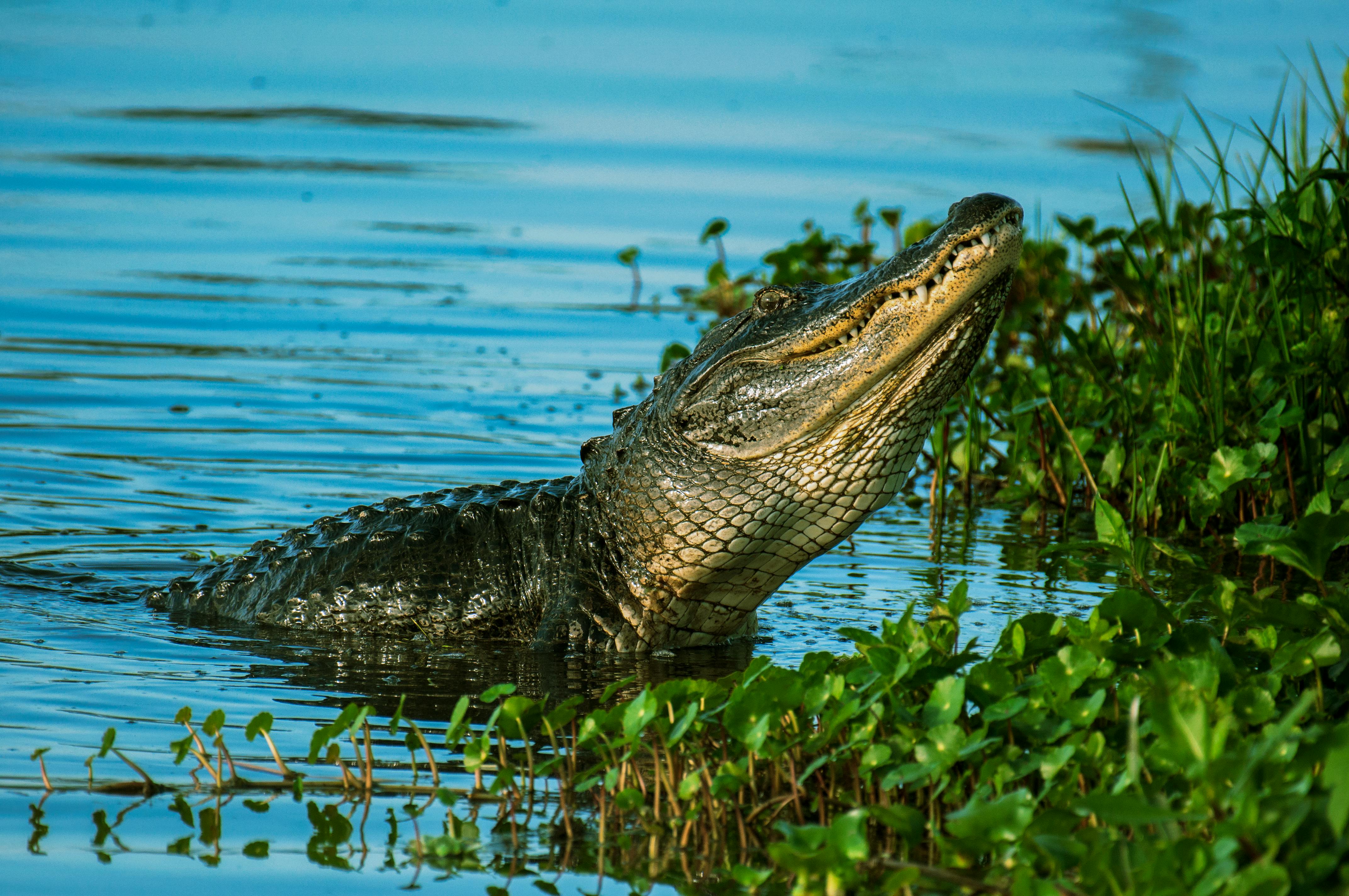
Protecting Your Pets and Property on the Space & Treasure Coasts
It’s a well-documented fact that alligators love to go after dogs. Apparently, so do American crocodiles. If you have a pet that spends time outdoors near the water, you need to take precautions. Installing a fence along your seawall, even a small one, can make it more difficult for an alligator or crocodile to get to your pet. While alligators are known to climb fences, adding barriers and keeping pets away from the water’s edge can reduce the risk.
A potential issue is these reptiles don’t understand screen enclosures. An alligator or crocodile doesn’t see a screen—it just sees an opportunity for a meal. That’s why relying on screens alone won’t protect your pet. A physical barrier, combined with keeping your pets away from the dock and shoreline, is the best strategy.
✅ Install Fencing – Even a low fence along your seawall can slow down a reptile trying to snatch a pet. While alligators and crocodiles can climb fences—even tall ones—a barrier can at least make it more difficult and buy you time to react.
✅ Keep Pets Away from Docks and Water’s Edge – Gators and crocs use an ambush attack strategy, waiting for the perfect moment to strike. Keeping your pet away from the water eliminates easy targets and reduces the risk of an attack.
✅ Don’t Rely on Screens – Alligators and crocodiles don’t recognize screen enclosures as barriers. If they see a small, yappy dog inside, they may charge right through the screen to get to it. A solid physical barrier is much safer than just a screened-in patio or pool deck.
The West Side’s Alligator Problem
On the west side of Brevard and Indian River Counties Indian River Lagoon, the problem isn’t crocodiles—it’s alligators; though the barrier island does have its fair share of gators. The St. Johns River, along with the many lakes and creeks in the area, are home to massive alligators. Places like Crane Creek in Melbourne, Turkey Creek in Palm Bay, and the Sebastian River in Micco and Sebastian are prime alligator territory. Large gators are frequently seen in Rockledge and Viera as well.
Alligator populations are growing, and these creatures have been known to live near the beach for extended periods. For pet owners in these areas, taking steps to secure your pets is just as important as it is for those living beachside.
Integrated Pest Management (IPM): From Roaches to Reptiles
In Florida, pest control isn’t just about ants and roaches—it’s about managing all kinds of pests, including wildlife. Integrated Pest Management (IPM) is the best way to deal with all types of pests. Overwatering your lawn leads to dollarweed and fire ants. Wood-to-ground contact leads to termites in a home. A hole in your roof leads to rats. And allowing alligators to have access to your dog is a conducive condition to having your dog snatched, just like scale insects attracting ghost ants, Argentine ants, or white-footed ants to your plants.
In Florida, leaving a condition unchecked is a bad idea because something will always take advantage of it. That’s why IPM is the best strategy to keep pets safe. It starts with not letting pets outside unsupervised and creating barriers that remove the “ambush” factor from the attack strategy of these reptiles. Alligators and crocodiles are ambush predators, and giving them obstacles—like fencing along your seawall or dock—can slow them down. However, keep in mind that these animals can launch themselves out of the water using their powerful tails. Just because an alligator or crocodile is in the water doesn’t mean it can’t suddenly be in your yard.
The Reality of Living with Large Predators
The truth is, we’re not going to change the laws regarding crocodiles anytime soon. The alligator population is going to keep growing, and crocodiles will likely continue expanding their range until we get a freeze. That means we have to take matters into their own hands when it comes to protecting our pets and property.
